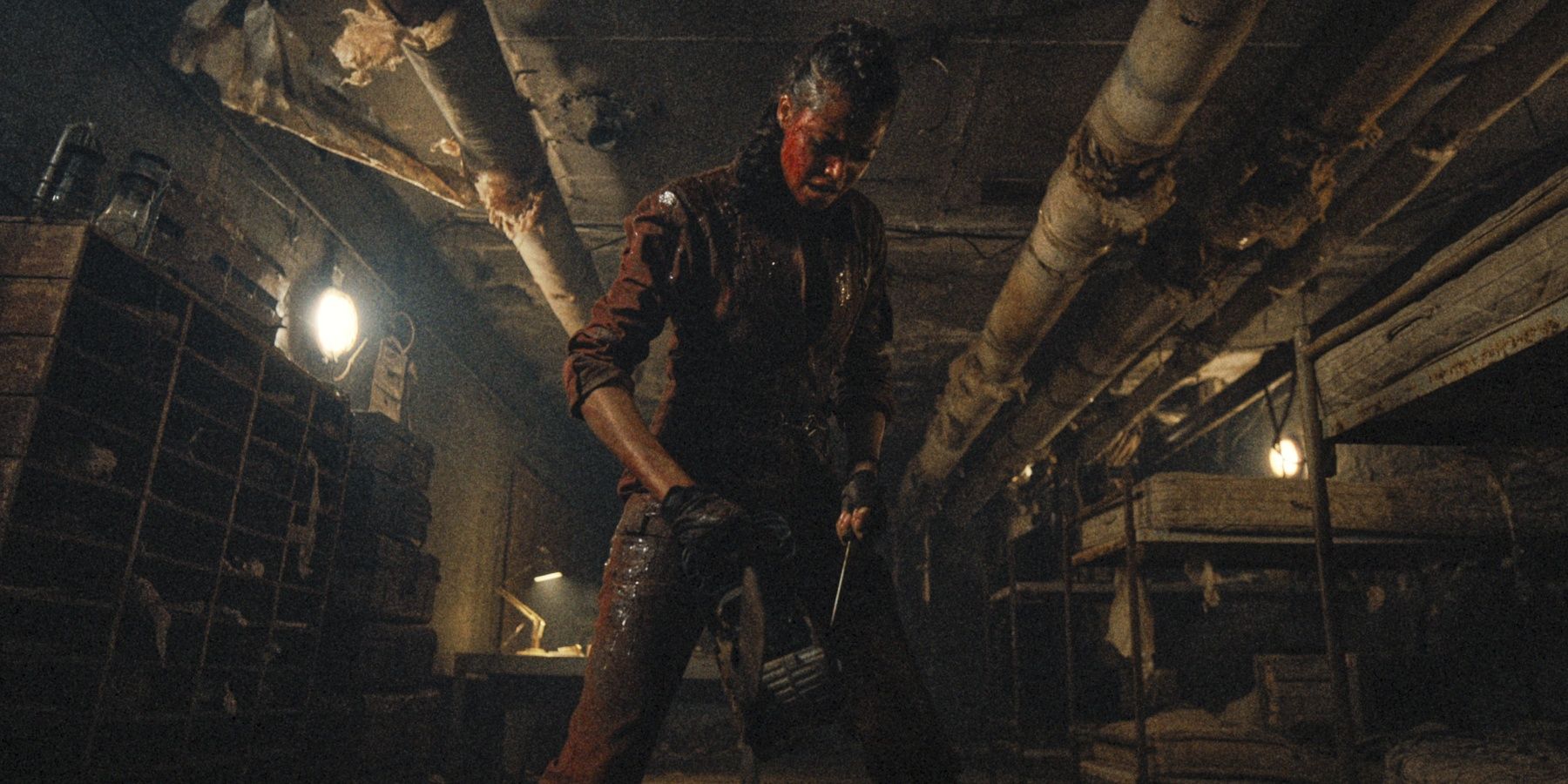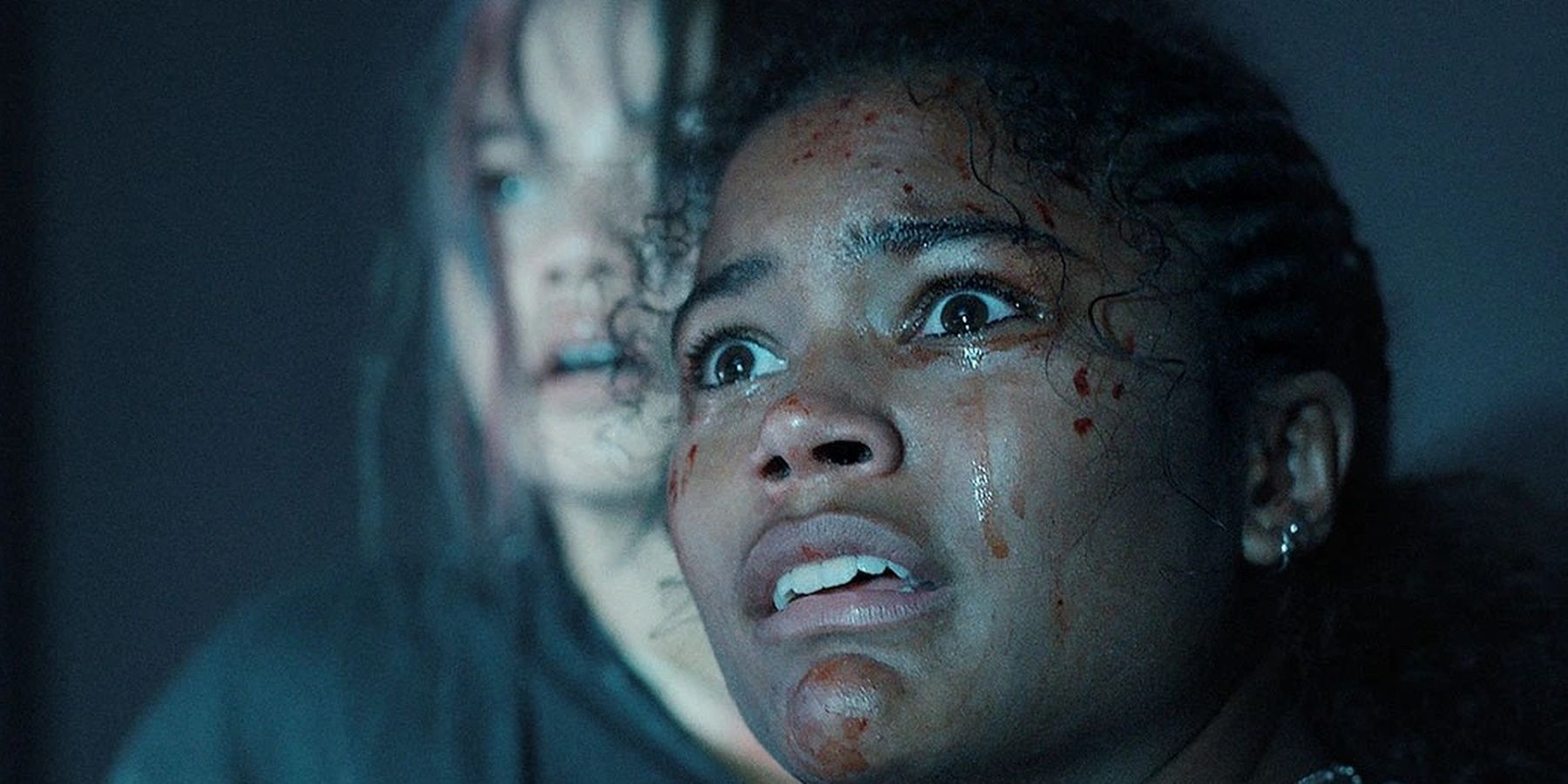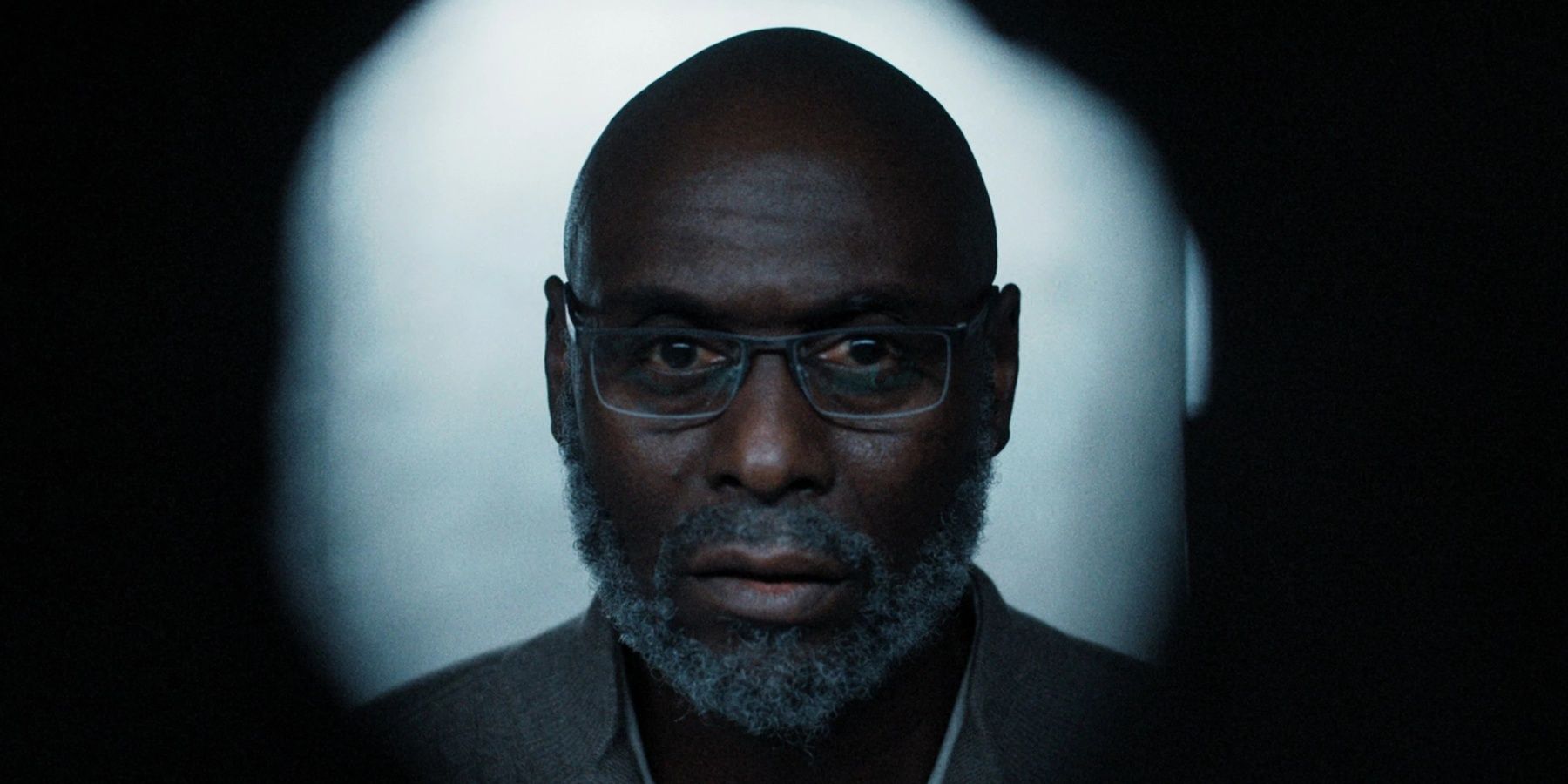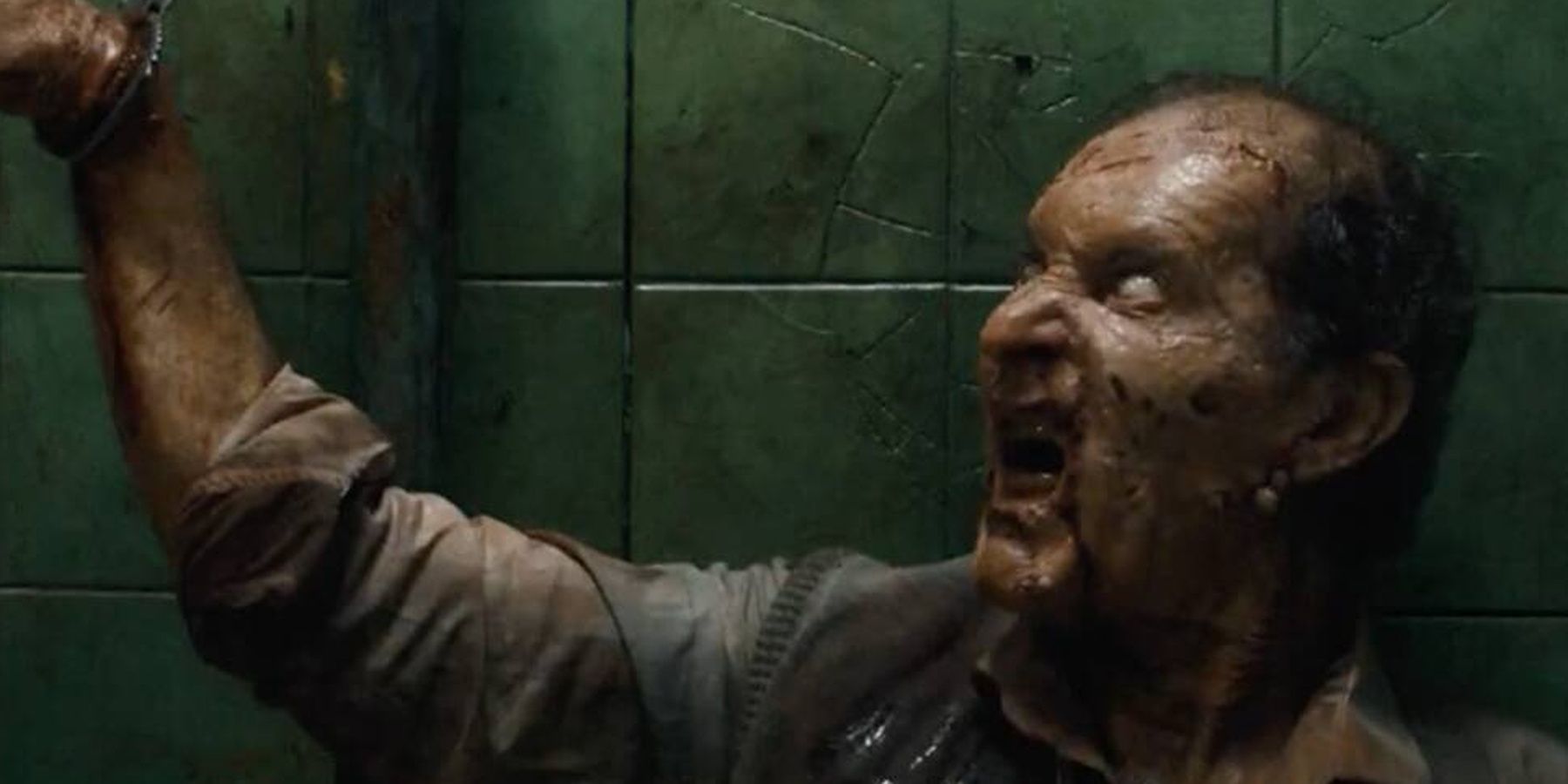As one of the most successful video game franchises of all time and the progenitor of the survival horror genre, Resident Evil has always been ripe for movie and television adaptations. Over the years there has been no shortage of attempts to adapt the series, with a slew of films starring Mila Jovovich becoming cult favorites but not held in especially high regard with die-hard game fans.
Since the return of the franchise to form with the seventh and eighth games, there has been a renewed interest in creating cinematic adaptations with Resident Evil: Welcome To Raccoon City being the most recent feature outing in 2021. Now in 2022, Netflix has released its new Resident Evil television show which is making waves with fans for all the wrong reasons. So, what went wrong with the newest depiction of Umbrella's T-virus saga?
The last 18 months have been bountiful for Resident Evil fans. The eighth installment in the video game series, Resident Evil: Village was released complete with a new fan favorite and meme-worthy character Lady Dimitrescu, and it was also revealed that not only was there a movie on the way seemingly based on the first and second games, but Netflix was also producing a series based on the origins of the T-virus and the Umbrella Corporation's evil machinations.
The movie came and went with mediocre reviews, but at least contained some iconic locations, a fun 90s aesthetic approach, and the characters fans know and love. Expectations for the Netflix series only grew as the release date neared, with audiences excited to get a longer form series that would give room to fully explore the story of the early games. Instead, what has been delivered has already gathered the ire of many fans and baffled audiences with its plot and character choices.
The new show takes place in two separate time periods, 2022 and 2036, and follows the children of Umbrella scientist Albert Wesker. The two sisters, Jade and Billie, are typical teenagers trapped in a familiar plot device; they have had to up and move to somewhere new because of their dad's job with Umbrella. Before audiences learn this, however, they are introduced to 2036 Jade who is attempting to perform some kind of experiment on a horde of T-virus-infected zombies and is then attacked by a gigantic, mutated bug.
This opening is a big misdirect, leading to one of the main issues with the show. There are almost no encounters with T-virus zombies, and worse still there are hardly any grossly mutated, gigantic creatures. The bug at the beginning, along with the zombie horde, very much feels like a bait and switch. A large swathe of the show is more of a teen drama with a backdrop of pharmaceutical espionage. In 2022, the sisters are mostly unraveling the secret life of their father and his job, while in 2036 Jade is predominantly running from her sister and Umbrella.
Speaking of the girls' father, the character of Albert Wesker in the show is one of the most baffling choices. Lance Reddick is tasked with playing this strange version of the character and does a more than admirable job. In fact, Reddick is one of the high points of the show, but the choice to call his character Albert Wesker in an attempt to appeal to franchise fans has definitely backfired. In the games, Wesker is still a scientist but is predominantly introduced as a member of STARS, captain of the Alpha Team, and a no-nonsense mission-oriented soldier. He's also a treacherous lunatic who becomes hellbent on changing the world by unleashing the virus in later games.
In the show, Wesker is a dedicated Umbrella man, one of their top scientists, and regularly absent father to Jade and Billie. As the show goes on he begins to question Umbrella's ethics and the potentially damaging effects of their newest drug Joy. Wesker turns away from Umbrella when it becomes clear that his daughters, especially Billie, are in danger of Umbrella scooping them up for experimentation.
In the second half of the series, it is revealed that the Wesker the audience has been following is in fact a clone of the original Wesker. In a flashback, it is shown that there are 3 clones of Wesker all working in a lab together while the original Wesker goes about his business dressed as Wesley Snipes in Blade. The original Wesker is a completely cold character, seemingly delighting in violence, and has no problem immediately shooting one of his clones in the head when he hasn't got the results he wants.
The two remaining clones, the main Wesker of the story and Bert, are quickly swept up by Umbrella. Unbeknownst to the main Wesker, Bert is kept locked up in Umbrella's facility for years while he has been allowed to go about his life, albeit beholden to Umbrella. All the clones have aspects of the original Wesker, including his intelligence, but there is some difference. For example, Bert is very childlike but extremely quick to turn to violence and eager to impress. It is an extremely odd choice to include clones as part of the fabric of the story, it seems to be a nod to the fact that in the games Wesker was part of a group of children experimented on and raised by Dr. Spencer. All the subjects were called Wesker after the project leader and nothing is known of their original identities.
The time period jumping also doesn't do the show any favors. For the most part, the events taking place in 2036 are incredibly dull. Jade bounces from place to place, trying to outrun Umbrella while also attempting to learn more about the virus and find a cure, or at least a way for the uninfected to live safely. What are meant to be the larger, action sections of the show fall flat. There is no danger here, the "Zeros" as the infected are called, are a barely present threat, talked about but barely seen, and when they are seen it is brief and decidedly not scary.
The core relationship and conflict at the heart of the show between Jade and Billie is, nicely put, quite dull. Their characters are one-dimensional, Jade is the headstrong angry teen and Billie is the quiet sensitive one, of course, it is ultimately, quiet daddy's girl Billie that is infected by the T-virus and affected differently, leading her to become the Big Bad of the future. It feels like a CW teen show with some Resident Evil references shoehorned in.
Ultimately what Netflix has on its hands is another entry in the list of lackluster Resident Evil adaptations. Simply setting the show in one time period and focusing on the horrors of the T-virus would have been much more effective, and satisfying, for fans. The paltry references and promises of things to come like Ada Wong being mentioned and what appears to be William Birkin seen towards the end of the series are not enough to save the show from the tedium and a distinct lack of scares.




